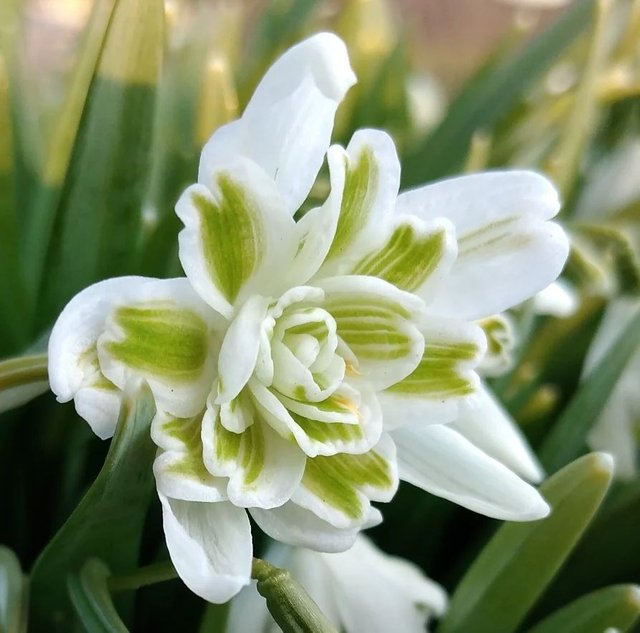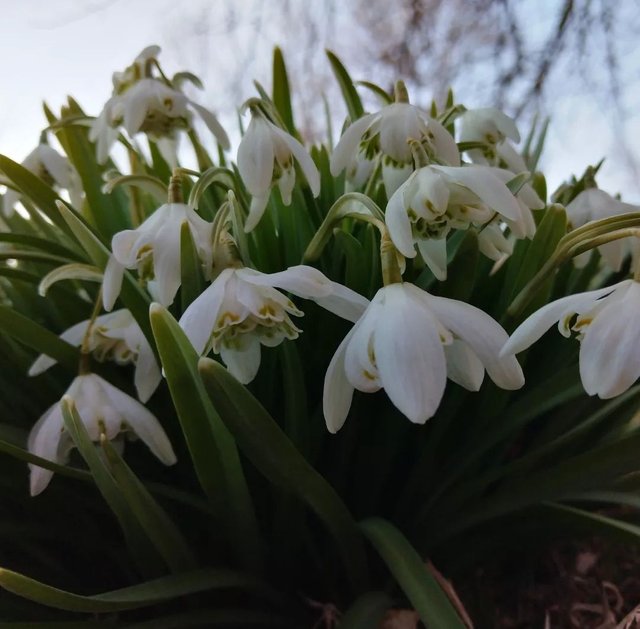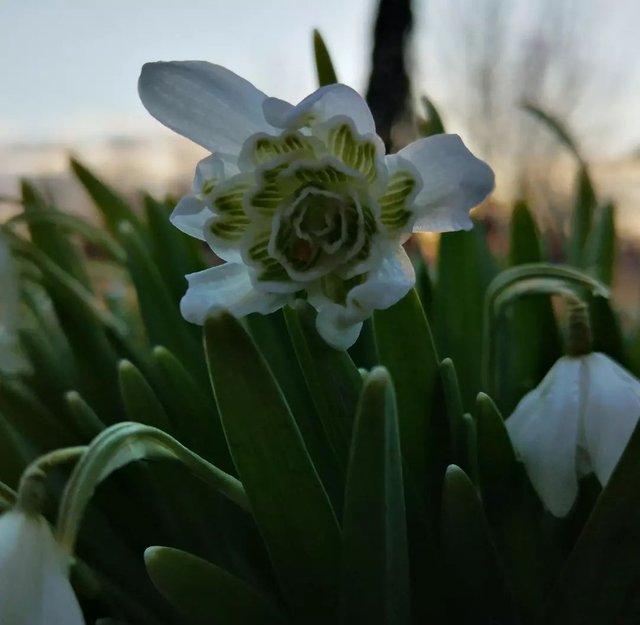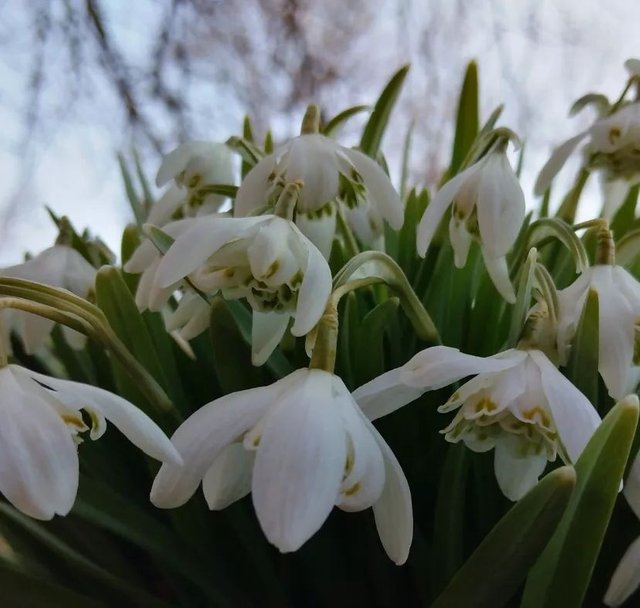



In the realm of botanical beauty, the snowdrop flower stands as a symbol of purity and resilience. As winter's icy grip begins to loosen, these delicate blooms emerge from the frost-covered ground, announcing the imminent arrival of spring.The snowdrop, scientifically known as Galanthus, has a rich history intertwined with mythology and folklore. Legend has it that these flowers appeared in the aftermath of Eve's expulsion from the Garden of Eden, representing hope and the promise of renewal. In Victorian times, they became associated with purity and the idea of rebirth.
The snowdrop is a small, bulbous perennial with slender, drooping white petals that delicately cradle a green-tinged inner segment. Its appearance is subtle yet captivating, making it a favorite among garden enthusiasts. Despite its unassuming size, this flower carries a captivating charm that captivates admirers.Across various cultures, the snowdrop has taken on different meanings. In Eastern cultures, it's often seen as a symbol of purity and innocence. In literature, these flowers have been used as metaphors for hope and the triumph of light over darkness. Their appearance in late winter, sometimes pushing through snow-covered landscapes, adds to their allure.
Gardeners appreciate snowdrops not only for their symbolism but also for their hardiness. These plants thrive in well-drained soil and partial shade, making them suitable for various garden settings. With proper care, they multiply over time, creating a breathtaking carpet of white blooms.In the world of flowers, the snowdrop stands as a testament to the beauty that emerges from adversity. Its delicate appearance and early bloom make it a cherished harbinger of spring, reminding us that even in the coldest of times, there is the promise of renewal and new beginnings. So, as winter relinquishes its hold, keep an eye out for the enchanting snowdrop – a small yet powerful messenger of hope and the changing seasons.
